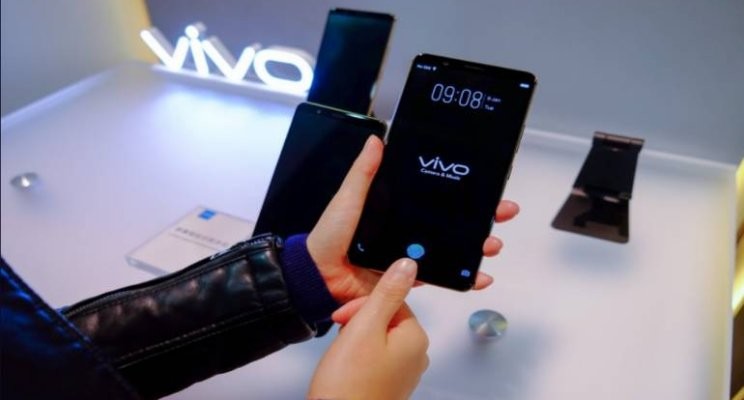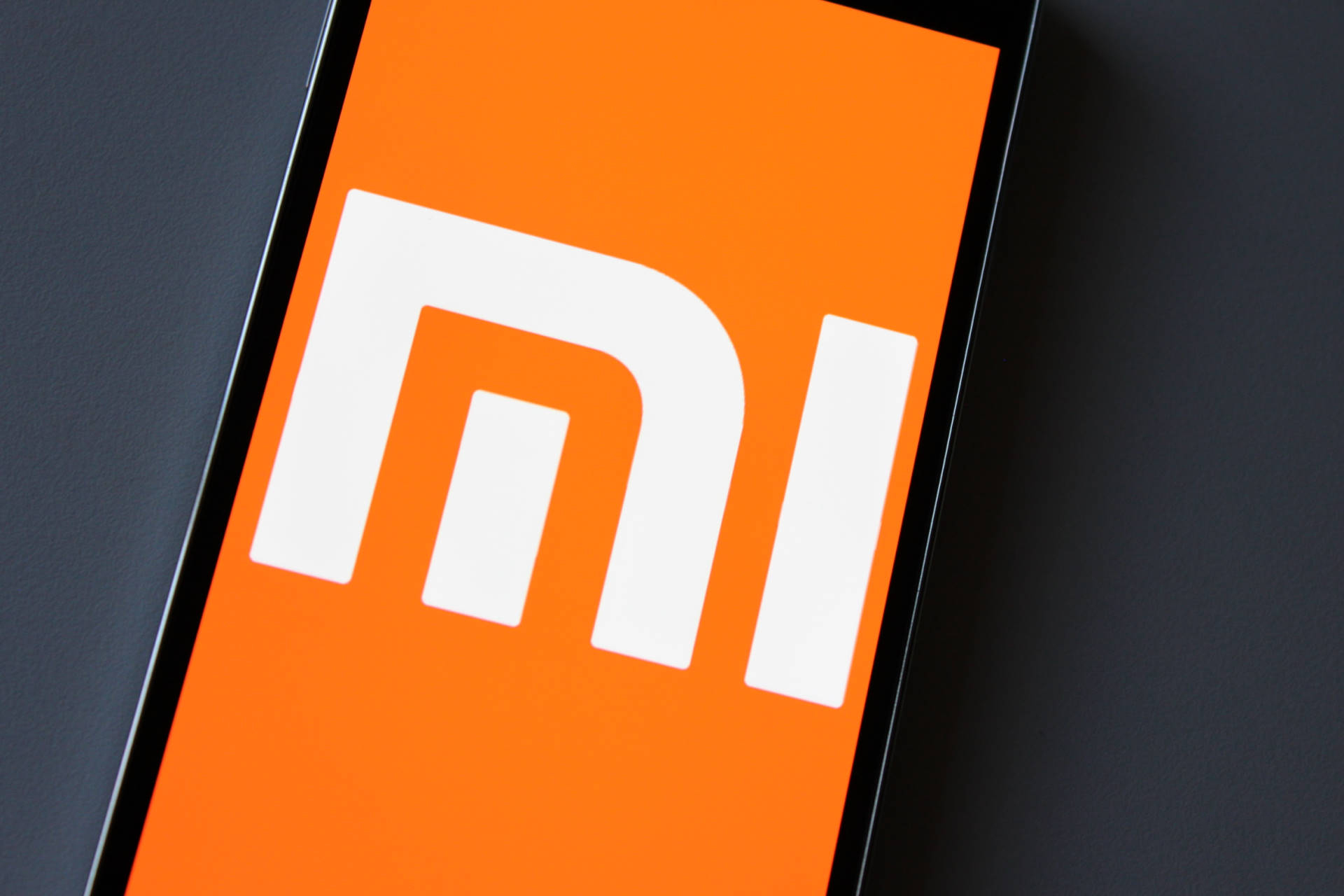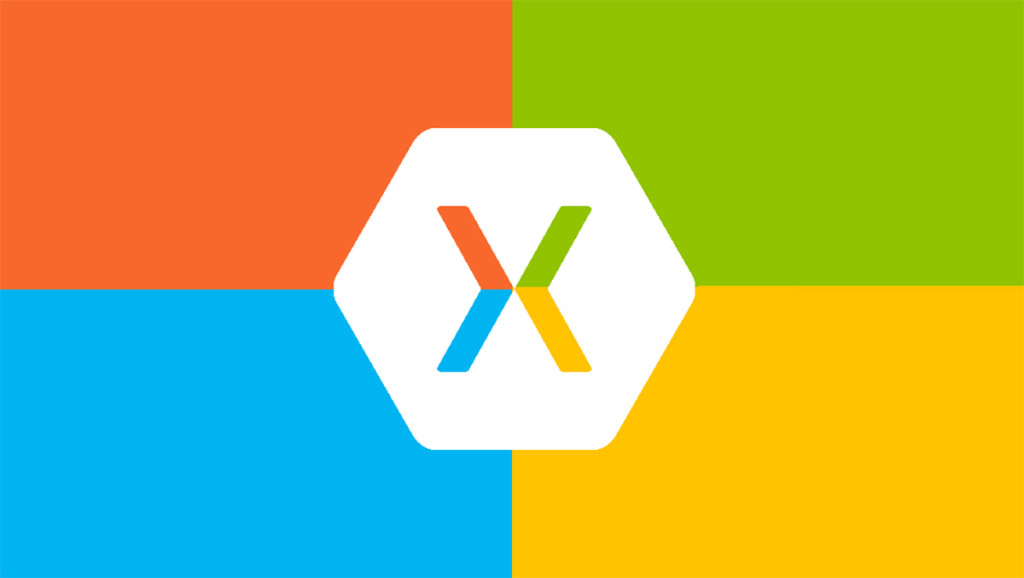
Posts Tagged ‘mobile application development’


Top 3 Pitfalls of Mobile Application Development
A lucid mobile strategy plays a vital role in marketing efforts and businesses’ overall chances of success. With more than 50 percent of global internet users accessing the internet via mobile, a humble app serves as a gateway to the global market, inviting hundreds of millions of potential customers to visit your business or try out your service or product.However, mobile development is a complex process with many pitfalls that pose a grave danger for those who come unprepared. The average app can cost $40,000 – $100,000+ and takes almost 18 weeks to publish. Those two figures alone should be enough to convince you that it pays off to properly plan your mobile application development and familiarize yourself with all top 3 pitfalls of mobile application development described in this article.
1. Over-Promising
Thousands of new mobile apps are being released every single day, with only a handful of them ever gaining any significant traction. Backed by venture capital, overzealous developers often promise features they, at the end of the day, can’t or are unable to implement.Users have gotten used to this and developed a keen intuition for spotting empty promises, and companies who indulge in them get mercilessly bashed on social media sites like Reddit and Twitter. The last thing you want is a negative marketing even before you have a chance to launch your app.
The solution is, as always, simple: focus your marketing efforts on the key features of your app and, if you can, over-deliver on launch. It’s always better to let users discover what extra things the app can do rather than risking bad reviews. You can always introduce additional features with subsequent updates, which also serves as a nice segue into the next point on the list. The term MVP – Minimal Viable Product is tossed around the development industry frequently, however challenge yourself to consider a CVP – Commercially Viable Product. A CVP is required to compete in a fast-paced industry where STM (Speed To Market) can make or break an idea or company.
2. Letting Your Apps Sit Stale
Many see the release date as a finish line after a long and often strenuous run. In reality, the initial development phase is more akin to a months-long preparation before stepping on the stage of the Mr. Olympia competition. A few slip ups and your entire effort could go to waste. And if you want to enter the stage again the next year, you better do what you can to become even stronger.Both the Google Play Store and Apple’s App Store have many long-term apps that have remained popular to this very day. The continuous effort of their developers has been helping them keep pace with OS updates, releases of new design guidelines, and requests from the users.
On the other hand, both app stores are filled with apps that were once incredibly popular but fell into obscurity due to lack of updates. App companies need to budget for continuous improvements and updates as Apple and Google can update their respective OS’s without much warning. Failing to comply could render your app useless. In order to stay relevant, expect to spend money on ongoing app maintenance and new features. More often than not, simply listening to what your users say about the app is enough to give you a good general sense of direction as to where your app should be heading.
3. Spreading Yourself Too Thin
If you look at Wikipedia’s list of mobile phone features, you’ll quickly realize just how much has mobile phone development evolved over the past 10 years. And if you consider where the industry is heading, it will become clear that the average mobile app of today will likely have little in common with the average mobile app released another 10 years in the future.The growing complexity of mobile app development boils down to one thing: it’s impossible to have it all. During a conference meeting, it’s easy to throw in features such as push notifications, cloud synchronization, multi-OS support, and many others, but it’s usually much harder to implement all of them in a timely manner and without exceeding the budget.
Instead of asking yourself “How can I build an app that takes advantage of all these cool things?” as Julian Mellicovsky puts it in his blog post, try to get in the mind of your users and focus on solving their most painful problems while prioritizing most-wanted features. This will prevent your app from becoming bloated and overly complex.
Use a similar approach to streamline the user interface and user experience. Focus testing is a great way how you can keep your own design sensibilities from intervening with what your users want and like to use.

Xiaomi as an Example of a Successful Post-Mobile Company
Xiaomi has seen an astonishing level of success, since the company was founded in 2010 by serial entrepreneur Lei Jun, who was named Businessman of the Year by Forbes in 2011. The company is now the third biggest smartphone manufacturer and has 16.4% share of the Chinese smartphone market.But this $45 billion company led by a man who happily admits that being greatly influenced by Steve Jobs doesn’t want to be regarded as a smartphone business. Xiaomi insists that they are an internet company – a new kind of company that deals primarily with rapid innovation, community building, and lifestyle.
They see that in our post-mobile, interconnected world, tech companies have become much more than providers of useful gadgets. Our entire work and personal lives revolve around tightly integrated ecosystems developed by companies such as Google, Microsoft, Amazon, and, of course, Xiaomi.
But to understand how Xiaomi got there and where the company is going, we have to understand how they managed to sell over 70m smartphones in 2015 alone.
High-End Products Without High-End Prices
Xiaomi is often compared with Samsung and Apple, even though the company targets a substantially different market. Their bread and butter are devices with high-end specifications and affordable prices. Such products appeal mainly to tech-savvy people and members of the younger generation who don’t have enough disposable income to afford often obscenely expensive flagship models from premium smartphone manufacturers.In India alone, there are more than 700 million consumers under the age of thirty. When Xiaomi’s devices go on sale in this market, the company often sells their entire stock in just a few seconds. For example, the entire first batch of Mi 4 smartphones in exactly 37 seconds, according to GSMArena.
A flagship device from, let’s say, Samsung is going to cost you around $600, but a device with similar or even better specifications from Xiaomi sells for just $400. And if you lower your expectations just a little bit and look at Xiaomi’s mid-range smartphones, then you are suddenly dealing with prices and value unrivaled by any established mobile manufacturer.
The younger market that Xiaomi targets is also a lot more passionate and vocal about their gadgets. There’s no need for Xiaomi to spend large sums of money on advertising – their own fans will spread the word out.
Lifestyle Company
In an interview for Wired, Lei Jun said, “Think of Xiaomi as a company that is bringing innovation to everyone. We put an emphasis on high-quality products that help to create a connected lifestyle for everyone as we move into a new era of technological innovation. This doesn’t only mean smartphones, tablets, TVs, routers — we invest in startups that form what we call an ecosystem. They make products that are sold on Mi.com, ranging from power banks to wearables to air and water purifiers, so we have hundreds of products that come together to create a lifestyle.”This “lifestyle approach” could be the key to Xiaomi’s total dominance in the second part of this decade. As their core audience gets older, they are going to settle and shift their collective gaze from smartphones, tablets, and laptops to refrigerators, microwave ovens, water and air purifiers, air conditioners, smart light bulbs, smart weighing scales, and all those other products that Xiaomi is investing their time, money, and effort into.
In this new environment, a smartphone is going to be a sort of central hub that brings everything together. Similarly, a Mi account is going to be a form of personal identification that unlocks not just an online cloud storage – but the entire world around us.

MICROSOFT AZURE AND XAMARIN: THE BIG PICTURE
The development of mobile and IoT (Internet of Things) applications often involves a lot of moving parts that need to be tightly integrated with one another for the whole system to perform at sufficiently high level. Microsoft is set to help developers create scalable, performant, highly available, and cross-platform IoT service and application with Azure and Xamarin – two names we are likely to hear a lot more about in the near future.Microsoft Azure
First introduced by Microsoft in October 2008, Azure is a collection of integrated cloud services that is expected to reach a market size of $555 billion in 2020, according to the new report by Allied Market Research. The original name of the platform was Windows Azure, but Microsoft has decided to rebrand to Microsoft Azure in April 2014 to emphasize its central position within the company.It competes with other public cloud platforms, such as Amazon Web Services (AWS) and Google Cloud Platform, by providing a range of cloud services, including computing, analytics, storage, mobile, database, the web, and networking. The beauty of the platform is that everyone can pick and choose which services to use for development and deployment of a new application or as a support for existing applications and infrastructure. As such, some organizations use Azure as their data backup solution, and others as an alternative to their own data center.
Microsoft Azure has several advantages over investing in local servers and storage. Microsoft’s data centers are located in 22 regions across the globe, and, through their service level agreements, Microsoft guarantees at least 99.9% availability of the Azure Active Directory Basic and Premium services. The other important advantage is that Azure primarily uses a utility pricing model that charges customers based on what they actually use – just like an electric supplier chargers, for example, only when you turn on a light in your room.
However, there are also subscription-based models, with discounts for customers who are willing to commit to six months of use; and volume licensing models for enterprise customers. Azure compute costs 12 cents per service hour, and the company’s storage service costs 15 cents per GB of data per month.
There are 12 main categories of Azure services:
- Compute – these services include virtual machines, large-scale parallel and batch computing job, containers, remote application access, and infinitely scalable cloud applications and APIs.
- Web & Mobile – allows developers to create and deploy web and mobile applications for any platform and any device. Included are API management, scalable push notification infrastructure, reporting, and mobile engagement management.
- Data Storage – takes care of SQL and NoSQL databases, as well as unstructured and cached cloud storage.
- Intelligence – revolves around the Cortana Intelligence Suite, which is designed to help companies collect and manage huge chunks of data, extend applications with predictive and cognitive insights, and operationalize data science pipeline for iterative learning.
- Analytics – Azure’s analytics services are an umbrella for many smaller parts that all deal with big data and insight generation. They include data lake analytics, HDInsight, machine learning, stream analytics, data factory, and others.
- Networking – give customers a way how to easily provision private networks, route incoming traffic for high performance and availability, host a DNS domain in Azure, establish secure connectivity through VPN gateways, or take advantage of dedicated private network fiber connections to Azure.
- Media & Content Delivery Network (CDN) – with the Azure Media Player, all audio and video files stored in the cloud can be automatically played on most popular devices. The content can be delivered securely with DRM technology, through Microsoft PlayReady and Widevine, or Advanced Encryption Standard (AES) 128-bit clear-key
- Hybrid Integration – provides a way how to extend on-premises systems to the cloud for hybrid integration. Businesses can connect across private and public cloud environments and easily backup their data to the cloud.
- Identity & Access Management (IAM) – is centered on the Azure Active Directory, which enables single sign-on to any cloud and on-premises web app and is preintegrated with Salesforce.com, Office 365, Box, and others.
- Internet of Things (IoT) – helps capture, monitor and analyze IoT data from sensors and other devices. Real-time data streams from millions of IoT devices can be effortlessly processed and powerful cloud-based predictive analytics tools enable predictive maintenance.
- Development – Azure lets developers build apps with JavaScript, Python, .NET, PHP, Java and Node.js. It comes with build back-ends for iOS, Android, and Windows devices. Furthermore, Visual Studio Team Services let teams share code, track work, and ship software in a single package.
- Management & Security – these products are designed to help cloud administrators manage Azure deployment, schedule and run jobs, and facilitate automation.
Xamarin
The origin of Xamarin goes back to 2011, when Miguel de Icaza, the founder of Mono, announced on his blog that further development of Mono will be supported by a new company that planned to release a new suite of mobile products – that company was Xamarin.Microsoft announced that they signed an agreement to acquire Xamarin on February 24, 2016. Although specific terms weren’t disclosed, the acquisition probably cost Microsoft between $400 million and $500 million, according to the Wall Street Journal.
“As the role of mobile devices in people’s lives expands even further, mobile app developers have become a driving force for software innovation. … As part of this commitment I am pleased to announce today that Microsoft has signed an agreement to acquire Xamarin, a leading platform provider for mobile app development,” said Scott Guthrie, an Executive Vice President of the Cloud and Enterprise group at Microsoft, in his blog post.
Scott described Xamarin as a rich mobile development that enables developers to build mobile apps using C# and deliver fully native mobile app experiences to all major devices – including iOS, Android, and Windows. The platform consists of a number of elements that allow you to develop applications for iOS and Android: C# language, Mono .NET framework, compiler, and IDE tools.
Consequently, developers can write the same C# code that can be used on all platforms and offer a seamless experience despite the differences under the hood. Xamarin takes advantage of native UI toolkits but abstracts them, which makes the development process very similar to early years of Java programming. Xamarin development can be done in either Xamarin Studio or Visual Studio, but developing iOS applications requires a Mac computer, running Mac OS X.
The Significance of Azure and Xamarin for the IoT and Mobile Computing
Why are Azure and Xamarin important for the IoT and mobile computing? Because companies are looking for ways how to improve their businesses by employing scalable, cost-effective solutions that meet the growing demand for virtualization services and multi-platform deployment. In a short-term, this could lead to $200 billion worth of growth by 2018 according to market research firm Infonetics Research. IaaS is expected to grow from about $23 billion in 2014 to $34 billion in 2015, and PaaS to grow from 13% of the total cloud revenue in 2013 to 16% in 2018. No wonder that Microsoft and other companies are seeing the tremendous opportunity presented right in front of them.“The Xamarin acquisition will ensure people put Microsoft in to the equation,” says Hammond. “The reality is that 90 percent or more of the mobile market is iOS and Android. So Microsoft needs dev tool to target those platforms and grow its developer base. Now there is a single stream for Windows 10, tablet, iOS, Android and Windows Phone,” says Wes Miller, an analyst at Directions on Microsoft.
Microsoft is simply continuing the trend of making their applications accessible to as many users as possible. They recognize that the time when Windows was synonymous with computing of any kind is long gone. Xamarin allows developers to target any major current platform – all they need is to adopt Microsoft’s development tools and infrastructure.

4 Mobile Application Development Trends This Year
Developers don’t need us telling them that the mobile application development landscape changes constantly. But let’s pause just for a minute and look at how it’s changing. The best place to start is with the 2015 State of the Developer Nation report from VisionMobile. According to the report, there are 4 trends mobile app developers should be taking note of.- Apple’s Swift
- Growth of Cross-Platform Tools
- Enterprise Apps Are Making More Cash than Consumer Apps
- The Internet of Things is Super-Hot
So we get a picture of a mobile application development market that is evolving rapidly in pretty much everything from languages and tools to economics and device platforms. Keeping up with the changes can be just as challenging as doing your actual job. But that’s exactly why mobile is such an exciting endeavor right now.
Want to know which apps are tops for 2015? Check out my blog, 9 Great Apps for 2015.